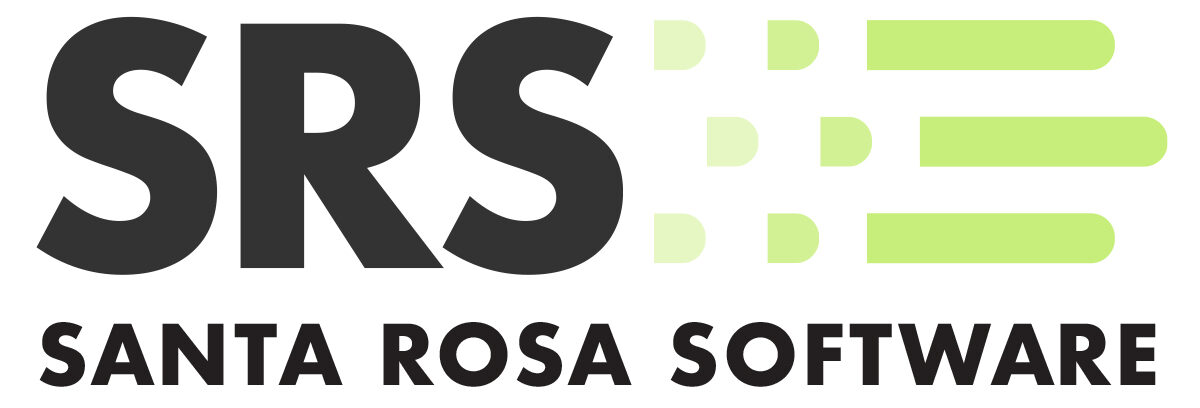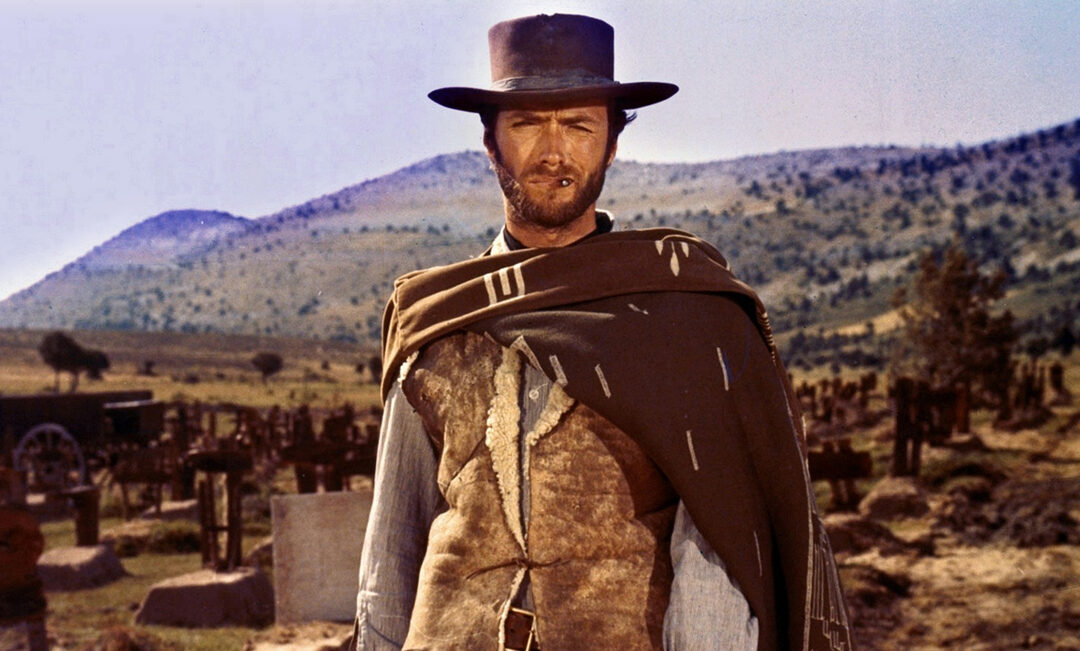A favorite sardonic animation of mine, from generations before comics such as XKCD, is Marv Newland’s 1969 “Bambi meets Godzilla” which is a surprising study in extreme contrasts.
In the spirit of such eye-opening juxtapositions, I think the meeting of Cinderella and Clint Eastwood spaghetti westerns may have a few things to tell us about the relevance of the term “legacy” in modern enterprise computing.
Of course, both movies might be referred to as legacy cinema, with Disney’s “Cinderella” originating in 1950, 14 years before IBM announced their System/360 mainframe, while Eastwood’s “The Good, The Bad and The Ugly” premiered in 1966, two years following the nascence of said platform. Which doesn’t keep them from being familiar names and denoting recognizable concepts.
But what is “legacy” in enterprise computing, and why has it become such a fraught term in IT? The IBM System/360 itself was the product of a 20-year legacy of seeking to define the ultimate general-purpose computer, built on a much older legacy of business, philosophical, ethical, military, government, and academic thought and experience. And in a definitive moment in IT history, it set legacy free by allowing programs not to have to be arbitrarily rewritten with the advent of new models of the platform, enabling further innovation, rather than just rehashing the same old thing for new hardware.
And that’s the first good thing about legacy: it is a proven foundation for future success. Like the wheel, while not stuck in a particular manifestation, once the philosophical concept has been fine-tuned, it is then subject to limitless elaboration and incorporation in further designs.
Strangely, that may be taken as bad by those who treat divergent innovation as an intrinsic good in the face of monotonous regularity and reliability. Conversely, it is bad for such novelty to masquerade as superseding something with unsurpassed proven qualities. One may be reminded of Cinderella’s stepsisters claiming to be the proper possessors of the glass slipper while denying the existence of its rightful owner.
Of course, we must understand that the word “legacy” is a double-edged sword because a legacy of failure is as possible as one of success – though the former rapidly fades into history while the latter often continues forward to build, underpin, elaborate, and even variegate.
But mightier than the sword, a neutral word that is repeatedly used pejoratively as a euphemism may often move to epithet – particularly if marketers have deliberately driven this transformation. So, what responses are appropriate if purveyors of new platforms have sought to bring about “out with the old and in with the new” for the sake of their bottom lines, and chosen an initially neutral term to carry the emotional baggage that displaces proven functionality with aspirational innovation? What do we do when a word that should mean “tried-and-proven” is pushed to have connotations of obsolescence, how then to connotate legacy? How many new words can we flee to before the marketers of the new turn their sights on our change of wording as a sign of avoiding scrutiny?
I think historical precedent and context are sufficient, not to mention common usage outside of IT, that pushing back by using the same word with forcefully demonstrative purpose is a more powerful response.
I’m reminded of a conversation I had with a colleague when we both worked for the same large mainframe software company, in charge of presales and services for large portions of North America – she for the south-central US and I for all of Canada. We were having a lunch conversation with our boss at a TGI Fridays and I mentioned that one of my goals in life was to make the word “nerd” a compliment. She looked right at me and said, nearly deadpan, “You’re the wrong person for the job.” A lovely, back-handed piece of humor, and possibly a deserved, if gentle rebuke, to my ego. And yet, likely my efforts notwithstanding, it has happened. And I am convinced that it will also happen with “legacy” and that other dreaded word, “mainframe.” It just takes a will for those of us who care to own the excellence that these words represent.
So where does ugly come in? Well, certainly at the door where the prince’s representative is looking for the one with the Cinderella footprint (which is what I like to call the conservative raised-floor real estate that the newest mainframes offer). Now don’t get me wrong: if Cinderella’s two stepsisters had claimed their own unique beauty instead of trying to usurp her unique characteristics, I’m sure they could easily have had their own happily-ever-afters. But because they were instead consciously making fraudulent claims for what was rightfully hers (inheritance, prince, and all), they made themselves ugly.
Likewise, horses for courses: every computing platform has optimal roles, and those that were conceived of as commodity, affordable, consumer electronics devices, with only the basic features necessary to keep them alive – well, they make consumers happy, though organizations with QoS requirements for something stronger shouldn’t have to put up with “that’s us!” or, even worse, “oh, you can’t actually get those qualities – they’re just aspirational; we’re good enough.” How funny that excellence should be dismissed as legacy on the one hand or wishful thinking on the other.
That’s why I’m putting my foot down for the platform that has the Cinderella footprint, knowing I’ll have a legacy to stand on.


Recent Comments